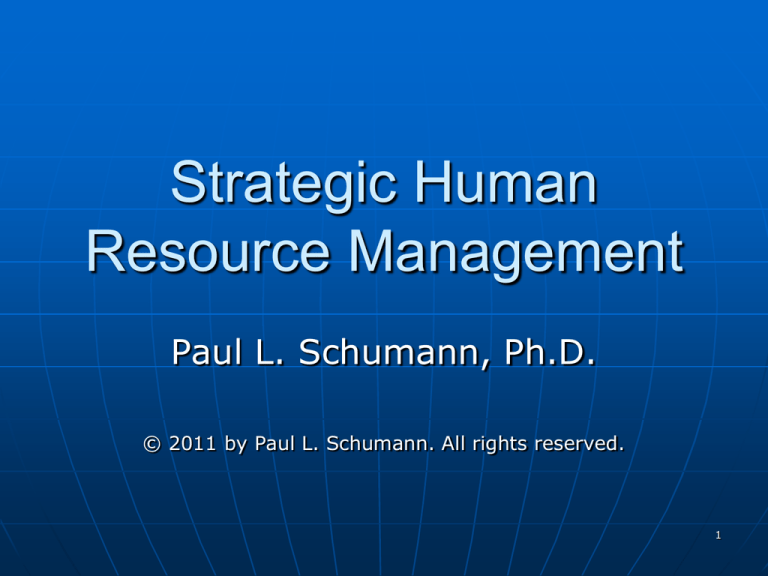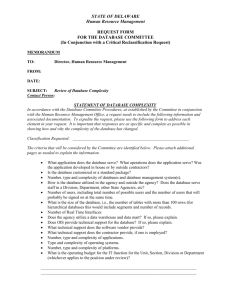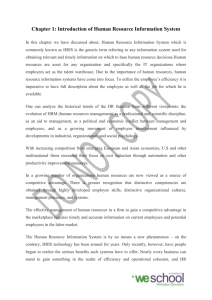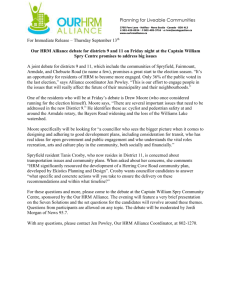
Strategic Human
Resource Management
Paul L. Schumann, Ph.D.
© 2011 by Paul L. Schumann. All rights reserved.
1
Strategic Decisions
Where should we compete?
• What industries, products, locations, …?
How should we compete?
• What criteria: cost, product features,
quality, reliability, …?
With what should we compete?
• What gives us competitive advantage?
2
Competitive Advantage
Unique, sustainable, hard to copy:
• Product or service
• Production or inventory methods
• Distribution methods
• Marketing methods
• Financing methods
• Information management methods
• Human resource management
3
Link HRM & Strategy
Administrative linkage
One-way linkage
Two-way linkage
Integrative linkage
4
Generic Strategies (Porter)
Cost Leadership Strategy
• Control overhead and other costs
• Use efficient, large-scale facilities
• Exploit the experience curve
Differentiation Strategy
• Differentiate through unique technology,
features, customer service, brand
image, etc.
5
Directional Strategies
External growth
• Mergers & acquisitions (“M&A”)
Horizontal (M&A involving competitors)
Vertical (M&A involving the supply chain)
Internal growth
• New products, new markets, innovation
Concentration (focus, niche)
• Cut costs, grow market share in niche
Downsizing / divesting
6
Transforming the HRM Function
Customers
Products
Methods
7
Measuring HRM Effectiveness
Audit approach
• Measure key indicators & customer
satisfaction
Analytic approach
• Cost / benefit analysis
8
Improving HRM Effectiveness
Restructure HRM:
• HRM Centers for Expertise (specialists)
• HRM Field Generalists (dual reporting)
• HRM Service Center (specialists)
Outsource HRM
Process redesign/reengineering HRM
Human Resource Information
Systems (HRIS)
9












